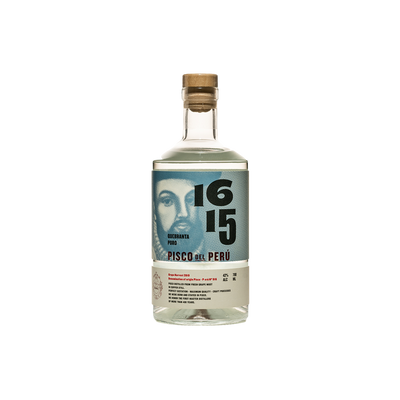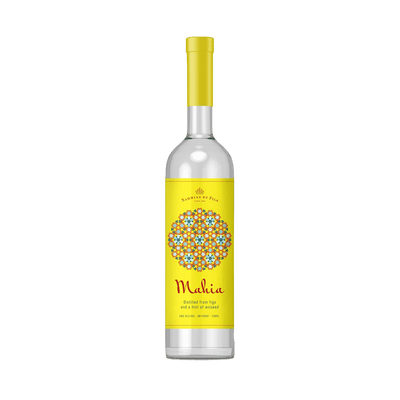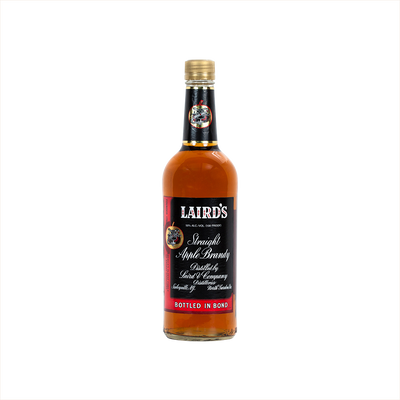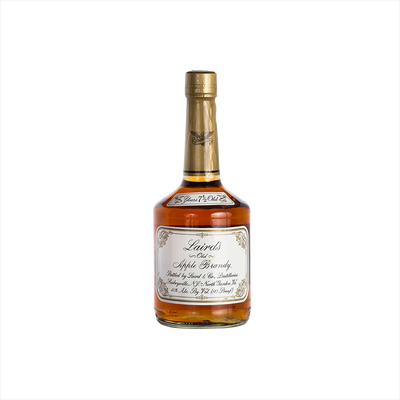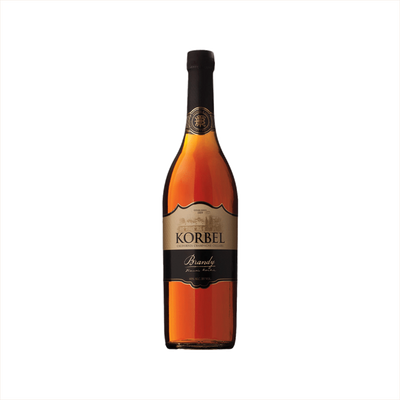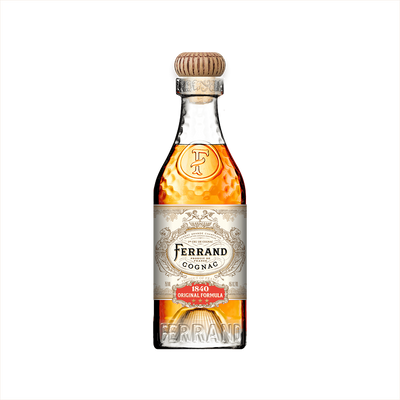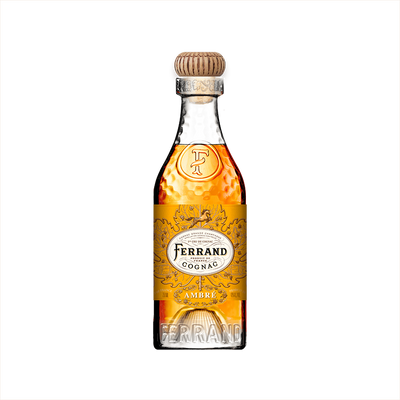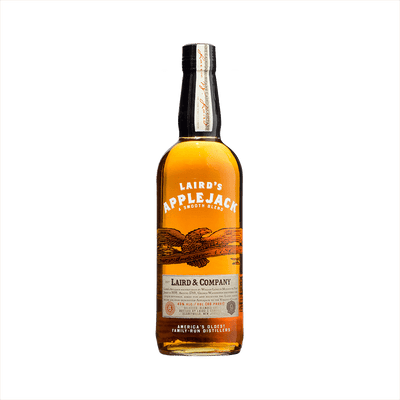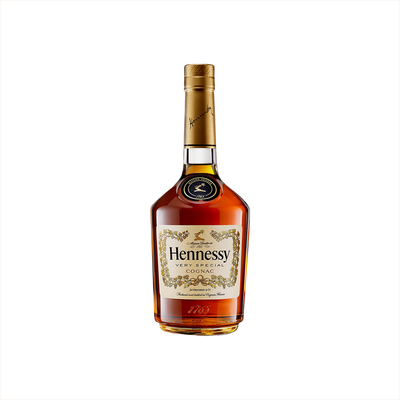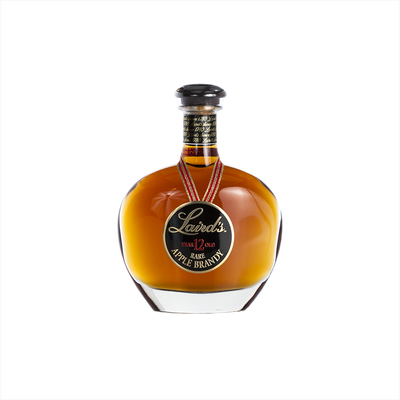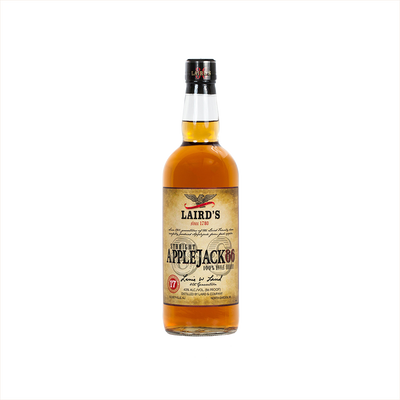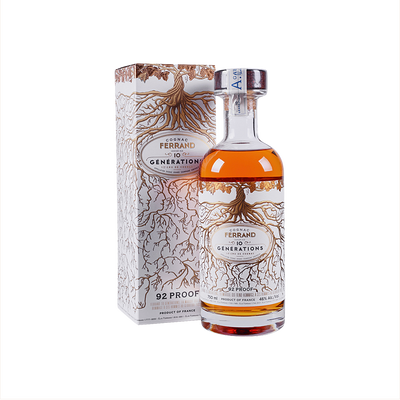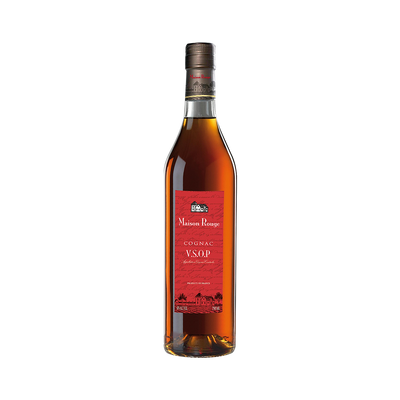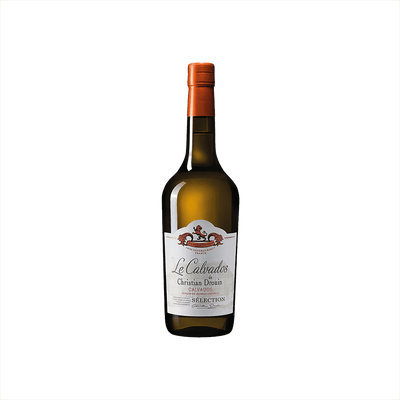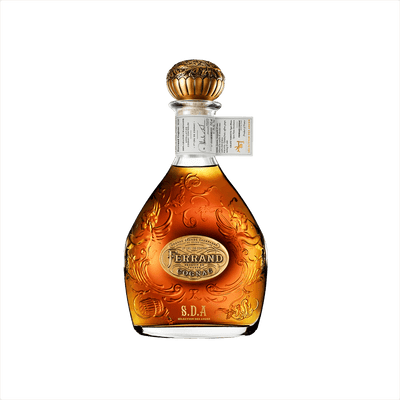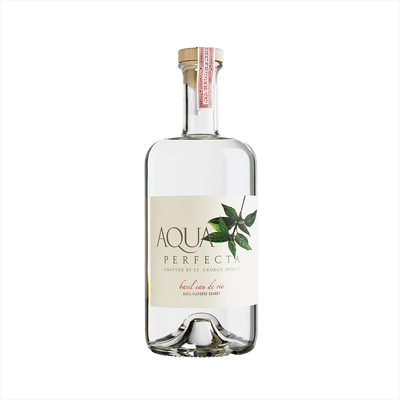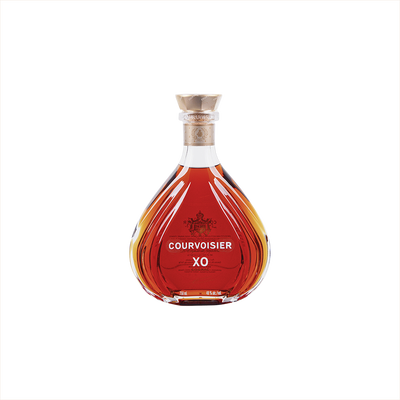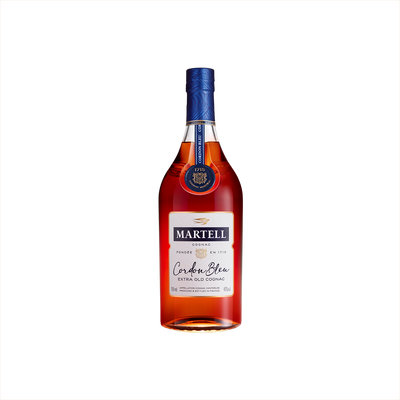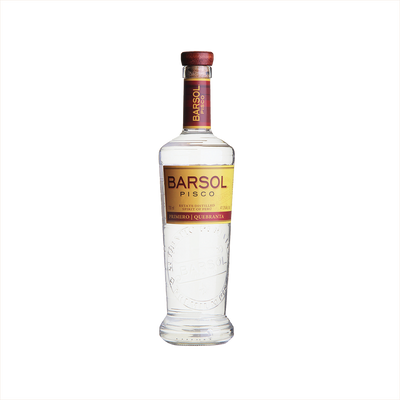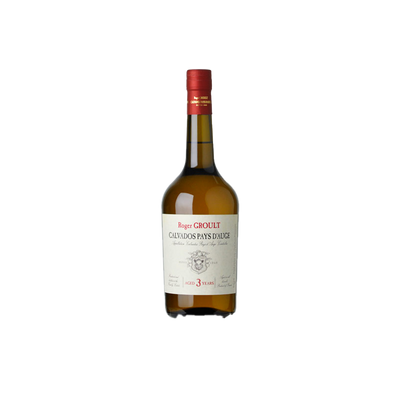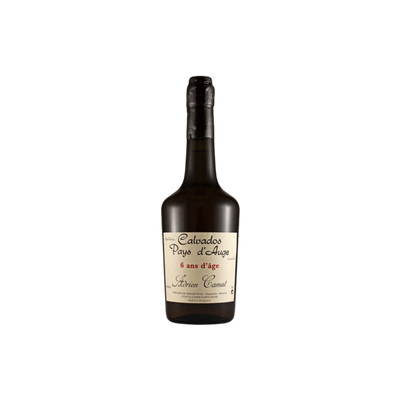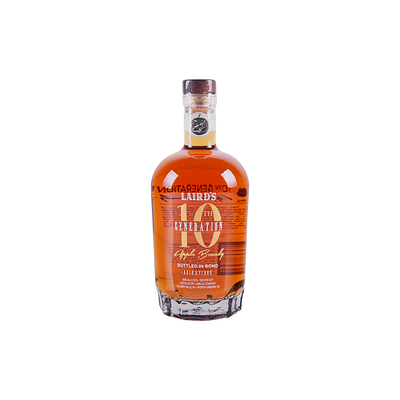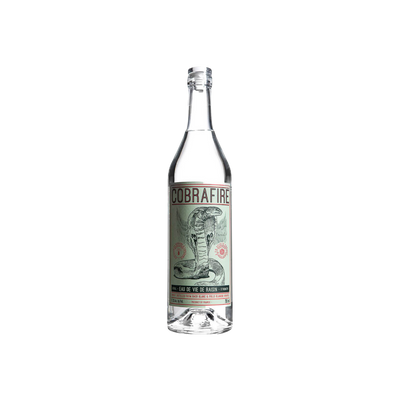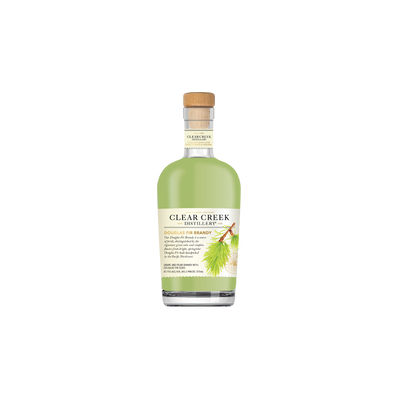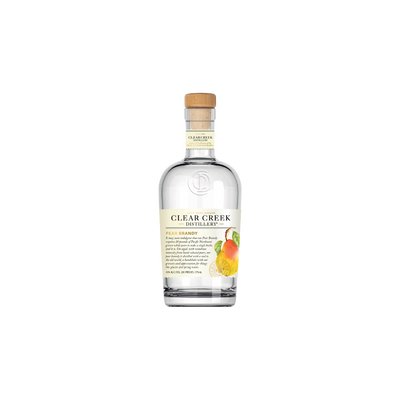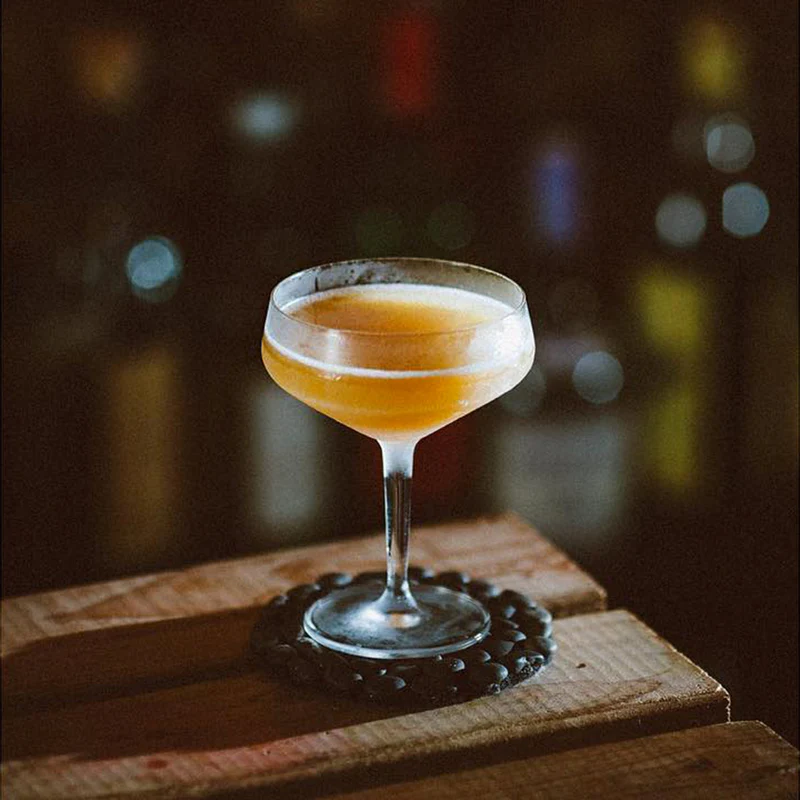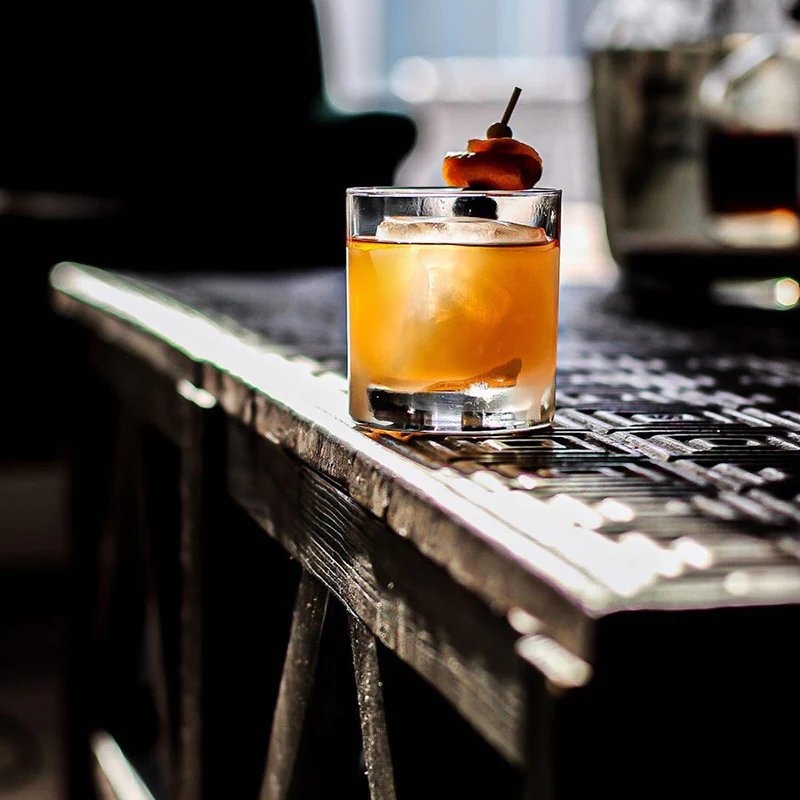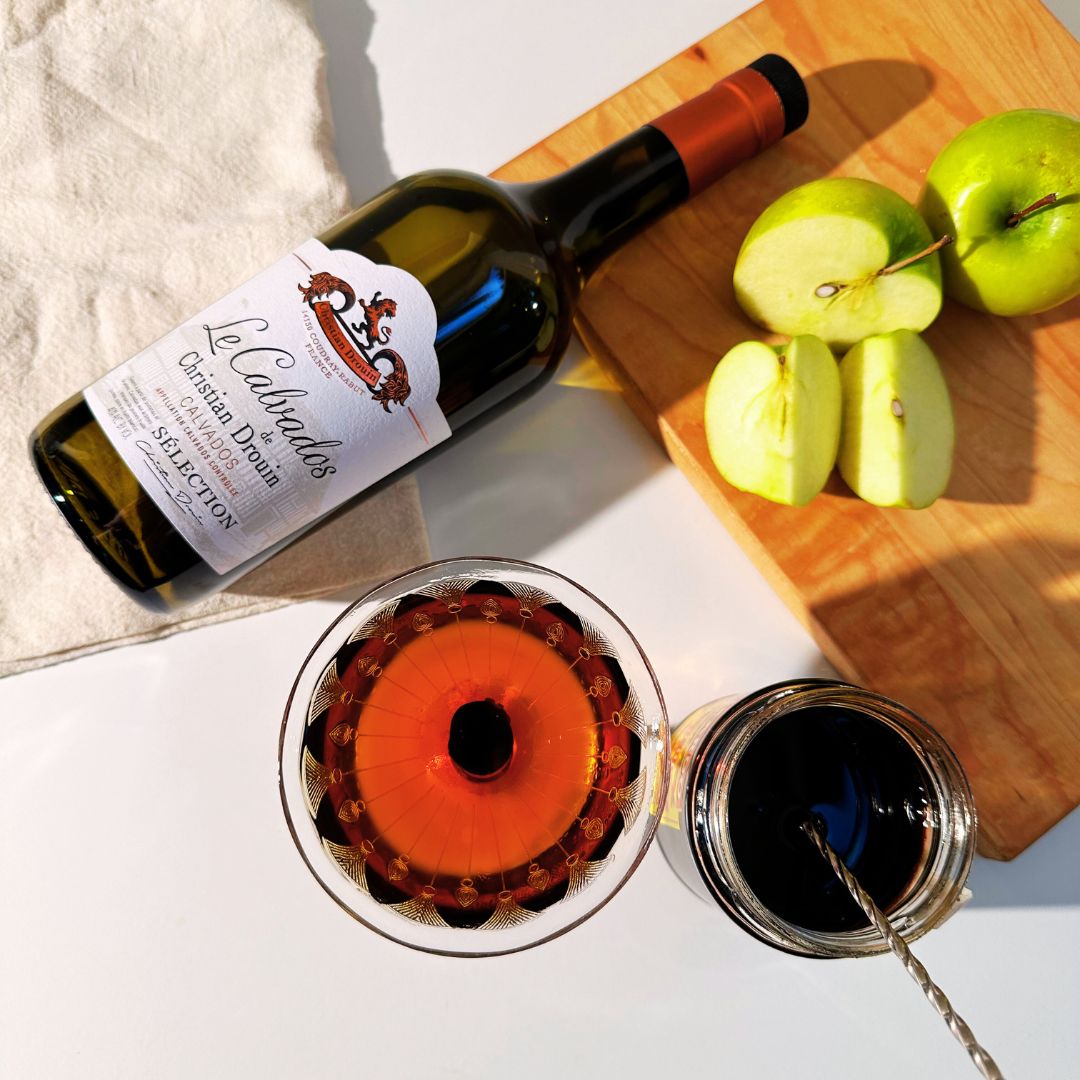Brandy & Cognac
What is Brandy & Cognac?
Brandy and Cognac are distilled spirits made from fermented fruit juice, most commonly grapes, though other fruits like apples, pears, and stone fruits also produce excellent brandies. Cognac represents the most prestigious category of brandy, produced exclusively in France's Cognac region using specific grape varieties and traditional distillation methods in copper pot stills. What defines these spirits is their aging process in oak barrels, which develops complex flavors ranging from bright and fruity in younger expressions to rich, honeyed, and spice-laden in well-aged bottles.
Learn More About Brandy & Cognac
What are the different types of Brandy & Cognac?
The brandy world splits into several distinct categories, with Cognac sitting at the top as France's most prestigious grape brandy, followed by Armagnac from southwestern France, American brandies from California's Central Valley, and fruit brandies like Calvados from apples or kirsch from cherries. Cognac itself gets segmented by age classifications—VS (Very Special) aged at least two years, VSOP (Very Superior Old Pale) at four years minimum, and XO (Extra Old) at ten years or more—each offering progressively deeper complexity and smoother finishes. What makes each segment unique comes down to terroir, distillation methods, and aging: Cognac's chalky Champagne region soils and double copper pot distillation create elegant, floral spirits, while Armagnac's single distillation in column stills produces earthier, more rustic flavors that showcase the Gascony countryside.
How are Brandy & Cognac made?
Brandy starts with fermented fruit juice (usually grapes) that gets distilled in copper pot stills or column stills, concentrating the alcohol and flavors into a clear spirit. The magic happens during aging in oak barrels, where the spirit picks up color, tannins, and complex flavors over months or years. Cognac follows the same basic process but with strict rules - it must come from specific regions in France, use particular grape varieties, and age in Limousin or Tronçais oak barrels for at least two years.
What do Brandy & Cognac taste like? What do Brandy & Cognac bring to a cocktail?
Brandy and Cognac offer rich, warming flavors that range from bright fruit and floral notes in younger expressions to deep caramel, vanilla, and dried fruit complexity in aged versions. Cognac specifically tends to be more refined and elegant, with distinctive grape character and oak influence, while other brandies can showcase the unique personality of their base fruits—from apple's crisp sweetness to pear's delicate perfume. In cocktails, these spirits contribute sophisticated depth and smoothness, adding layers of fruit, spice, and oak that create a luxurious backbone without overwhelming other ingredients, making them perfect for both classic sours and spirit-forward drinks.
How do you drink Brandy & Cognac? In what kind of cocktails do Brandy & Cognac shine?
The most traditional way to enjoy cognac is neat in a snifter at room temperature, allowing the warmth of your hand to gently release its complex aromatics, while brandy can be served neat, on the rocks, or with a splash of water to open up its flavors. These grape-based spirits truly shine in classic cocktails like the Sidecar, where cognac's sophistication balances beautifully with orange liqueur and lemon juice, or in a warming Brandy Alexander that showcases the spirit's vanilla and spice notes. Spanish brandy works wonderfully in sherry-influenced drinks, while American brandy brings a bolder, more fruit-forward character to punches and toddies.
What are fun ways to drink Brandy & Cognac?
Absolutely, brandy and cognac make fantastic jello shots - the caramel and vanilla notes shine through the gelatin, creating sophisticated party treats that'll surprise your guests. You can also freeze them into boozy popsicles with a touch of honey or maple syrup, perfect for summer gatherings. These spirits work beautifully in desserts too, from classic bread pudding and chocolate truffles to flambéed bananas Foster, where the alcohol burns off leaving behind rich, complex flavors that complement sweet dishes perfectly.
How have Brandy & Cognac been depicted in culture?
Cognac and brandy have long served as symbols of sophistication and success in popular culture, appearing in everything from hip-hop lyrics celebrating luxury to classic films where debonair gentlemen sip snifters in mahogany-paneled libraries. The spirits frequently represent achievement and refined taste, with cognac particularly associated with celebration and status—think champagne's older, more distinguished cousin. From Winston Churchill's legendary fondness for brandy to countless rap songs name-dropping premium cognac brands, these spirits consistently appear as markers of having "made it" in life.
Nutritional Information
Typical Calorie Range per Ounce: 65-80 calories
Typical Carbohydrate Range per Ounce: 0-2 grams
Typical Sugar Range per Ounce: 0-1 gram
Typically Gluten Free: Yes
Brandy and cognac are distilled from grapes and other fruits, making them naturally gluten-free spirits. The distillation process removes proteins, including gluten, even if any grain-based ingredients were used during production. Most quality brandies and cognacs contain minimal to no residual sugars or carbohydrates, as the fermentation and distillation processes convert most sugars to alcohol.
While brandy and cognac are typically gluten-free, we recommend checking detailed product information and consulting with manufacturers if you have celiac disease or severe gluten sensitivity, as production methods and additives can vary between brands.
Scrolled this far? Your reward? Brandy & Cognac Trivia!
- Napoleon's Cognac obsession literally shaped bottle sizes. The Emperor demanded his favorite Hennessy be shipped in specific barrel dimensions that would fit perfectly in his military supply wagons. Those measurements became the standard 700ml bottle size we see today across Europe. His personal stash was so legendary that when he was exiled to St. Helena, British guards reportedly sampled his private Cognac reserves – and some bottles from that collection still exist in private cellars.
- American Brandy was once considered superior to French Cognac by European royalty. In the 1880s, California brandies from the Central Valley were winning gold medals at international competitions, beating prestigious French houses. Queen Victoria herself kept American brandy in her private cellars. The phylloxera epidemic that devastated French vineyards actually gave American producers a 20-year head start, and many French Cognac makers secretly sourced California grapes during this period.
- The "angel's share" in Cognac warehouses creates a unique ecosystem that scientists study today. The alcohol vapors that evaporate during aging don't just disappear – they feed a specific black fungus called Baudoinia compniacensis that grows on warehouse walls and nearby buildings. This fungus only exists in Cognac-producing regions and actually helps local wine experts identify illegal distilleries by satellite imagery. The fungus coverage literally maps out where Cognac is being aged.
- Armagnac predates Cognac by roughly 200 years, making it France's oldest brandy. While Cognac gets all the glory, Armagnac was being distilled in Gascony as early as the 1400s. The reason Cognac became more famous? Geography and politics. Cognac producers had better access to shipping ports and built relationships with Dutch and English merchants who spread their reputation globally. Armagnac makers, tucked inland, remained regional specialists – which is why many bottles today still come from single family estates that have been operating for centuries.
- Some of the world's most expensive Cognacs contain brandy that's older than the United States. Bottles like Henri IV Dudognon Heritage Cognac Grande Champagne contain spirits distilled in the 1700s, predating the Declaration of Independence. What's wild is that these ancient brandies are still perfectly drinkable – the high alcohol content and oak aging process essentially preserve them indefinitely. A single sip contains grapes that were harvested when Mozart was composing his first symphonies.
Gift message (optional)

